Brickwork specification choices
Your choice of brick, bonding patterns, mortar colour and joint profiles have a significant impact on a building’s aesthetics. We’ve highlighted some of the main considerations below, however, if you would like to discuss your project in more detail, please contact at asktechnical@forterra.co.uk.
Find out more information about
Brick bond patterns
The brick bond you choose will play an important role in creating uniformity in structure and composition of brickwork as well as its strength, durability and aesthetic appeal. These are the five most common bonding patterns to be found in the UK:
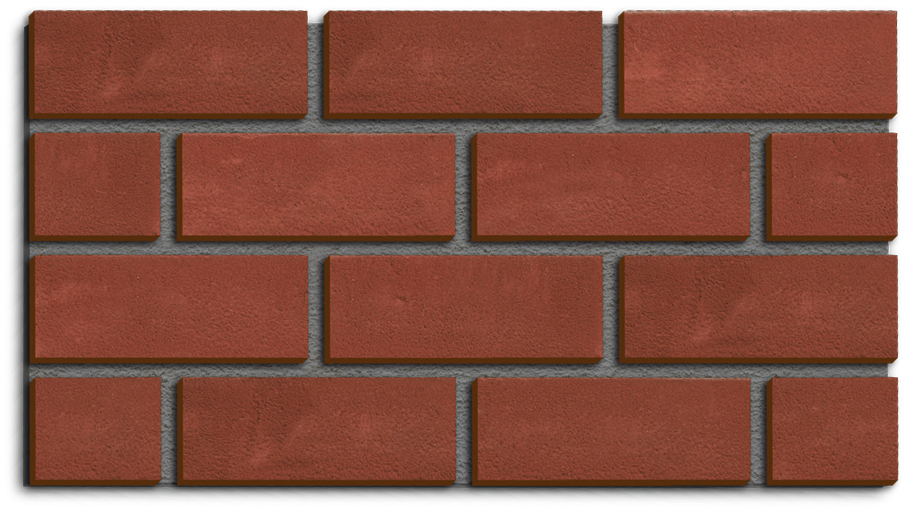
Stretcher bond
Easy to lay, courses of stretchers are laid with the perpend joints of one course falling mid-point between the stretcher face of the brick below. Predominantly using full bricks reduces the amount of cutting required, reducing wastage and improving laying efficiency. The most economical bond used extensively in single skin modern buildings.
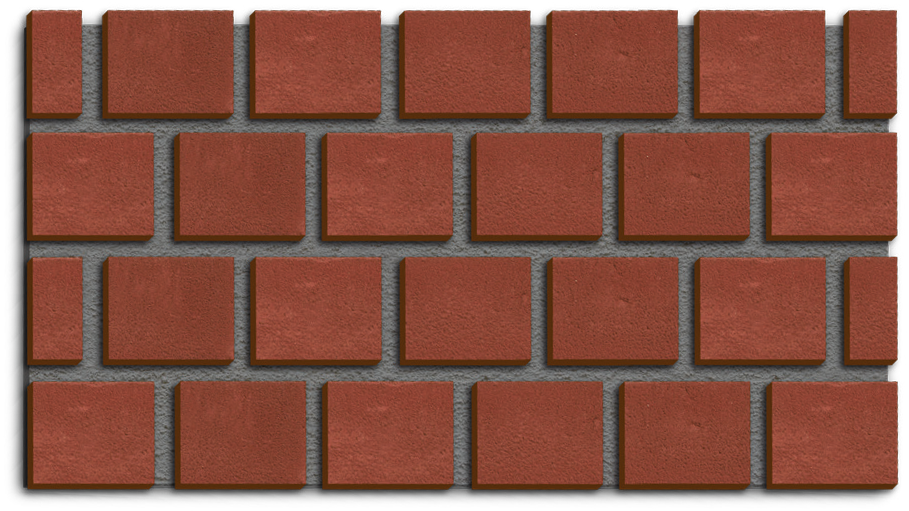
Header bond
An historical bond in which the header face of the brick is exposed. This is a particularly strong bond due to the thickness of the wall being one full stretcher in width. This bond is often used to create curved brickwork due to the tighter radii that can be achieved when compared to stretcher bond.
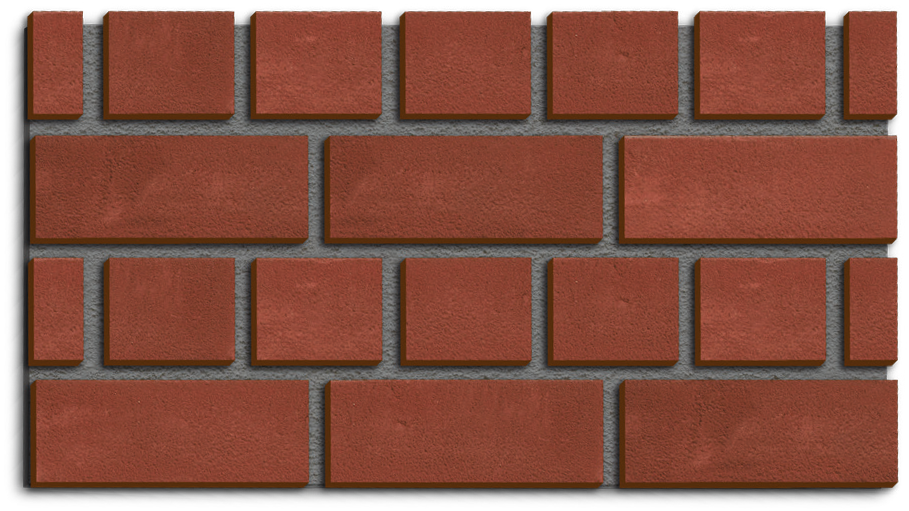
English bond
Comprises alternative courses of headers and stretchers in which headers are centralised with the mid-point of the stretcher on the course below and above. This provides a strong bond when the wall is constructed as one stretcher-brick thick and is often used for civil engineering structures such as bridges, viaducts and embankment walls.
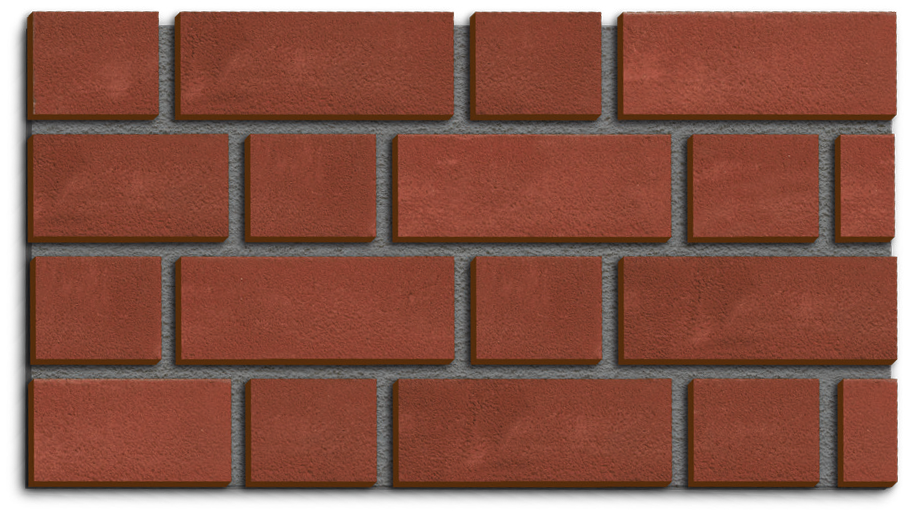
Flemish bond
Comprises alternating headers and stretchers on each course in which headers are centralised with the mid-point of the stretcher on the course below and above. Walls were traditionally constructed one full stretcher in width, however, in modern times we have seen this bond replicated in a single skin (half-brick) width by introducing snap headers or batts.
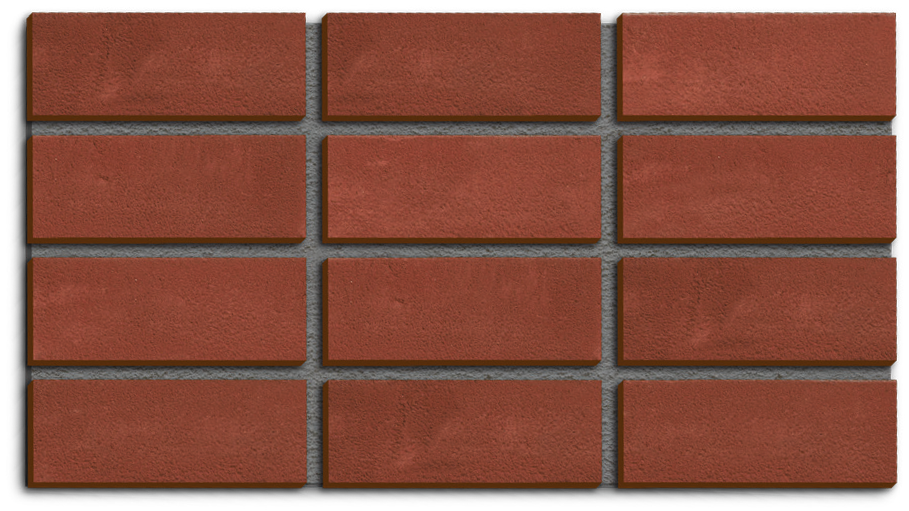
Stack brick bond
A modern, contemporary bond in which bricks are vertically or horizontally stacked, bricks do not overlap from course to course. This results in an inherently weak bond which is typically compensated for by the introduction of bed joint reinforcement being built in every third bed joint.
Brick colours and textures
When choosing a brick, colour is often the first consideration, however, texture can be equally important. The look and feel of existing, legacy brickwork can also play a vital role in the selection process. Texture influences the way light is reflected off the brick surface, creating highlight and shade, ultimately influencing the final perceived colour of the façade.
The Forterra brick range is divided into five main texture types, available in a variety of colours, including red, black, buff and blue.
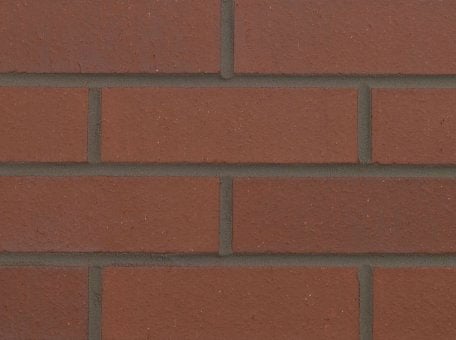
Smooth and sandfaced
Smooth bricks are wirecut bricks with a consistent and uniform character. Sandfaced bricks are created by applying a sanded coating to an extruded column of cay prior to firing; the adhered sand adds a light texture to the brick face.
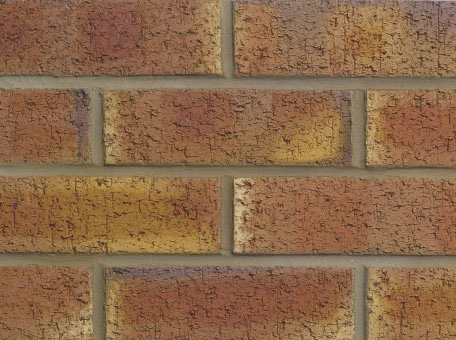
Textured
A wirecut brick with a uniform texture created using a variety of rollers or blades. These can vary from dragfaced, small indentations and irregular prints through to heavy distress rustications. Once the texture has been applied, the column of clay is wirecut.
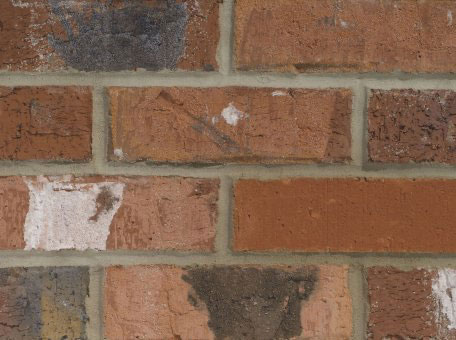
Tumbled
Tumbled bricks are distressed and irregular in shape. Wirecut after the texture has been applied, they offer a cost effective way of achieving the old world charm and aesthetics associated with reclaimed bricks.
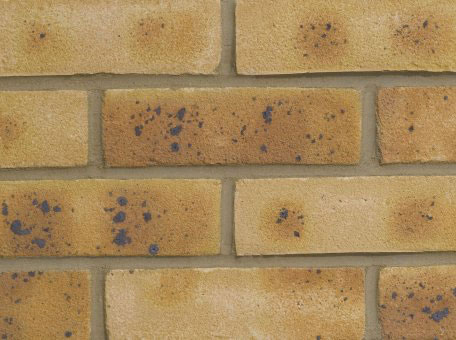
Stock pressed and stock thrown
Manufactured using soft mud (clay containing a high percentage of water) that is pressed or thrown into sanded mould boxes. Stock pressed bricks have a smooth sandfaced finish while stock thrown is a more traditional looking brick, slightly irregular in shape with a creased texture that replicates the appearance of handmade bricks.
Mortar colours
Mortar colour can have a dramatic effect on the appearance of brick work as the image below illustrates. Built using a single brick type, the pattern on the wall is created using different coloured mortars.
Different mortar colours are achieved using a combination of coloured sands and cements, although ready-mixed coloured mortars are also available.
While a lot of attention is given to choosing a brick, it’s worth remembering that approximately 17% of a wall is made up of mortar, so it is important not to overlook its impact on the overall scheme. This applies to newbuild projects and when matching existing brickwork for an extension or renovation project.
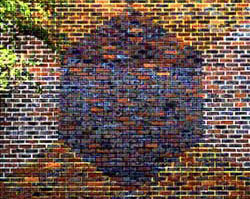
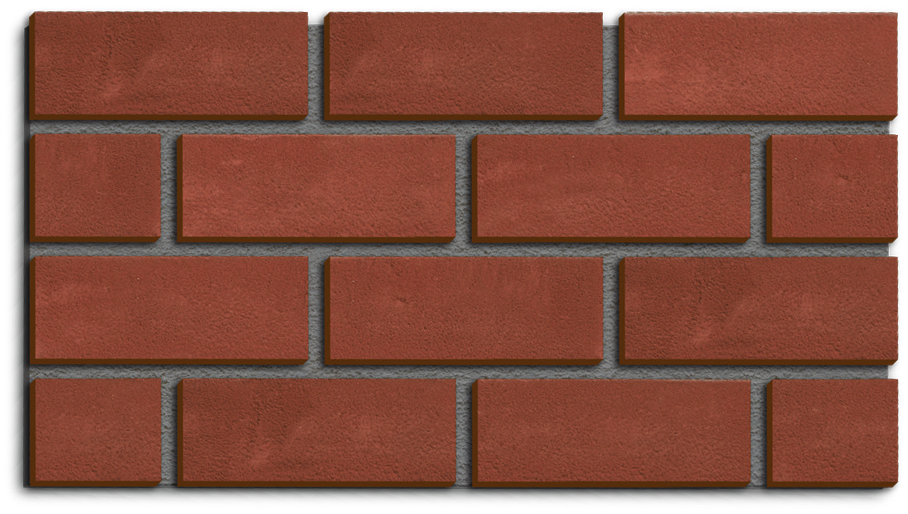
Red brick with grey mortar
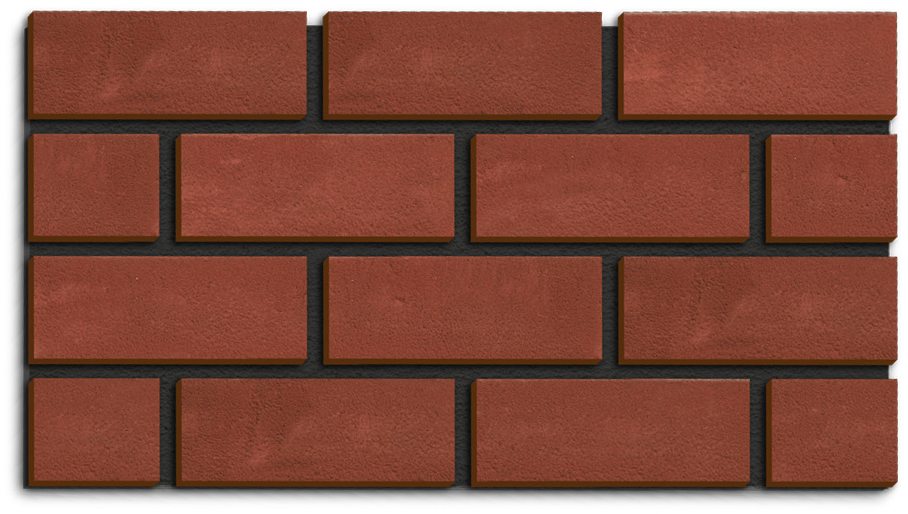
Red brick with black mortar
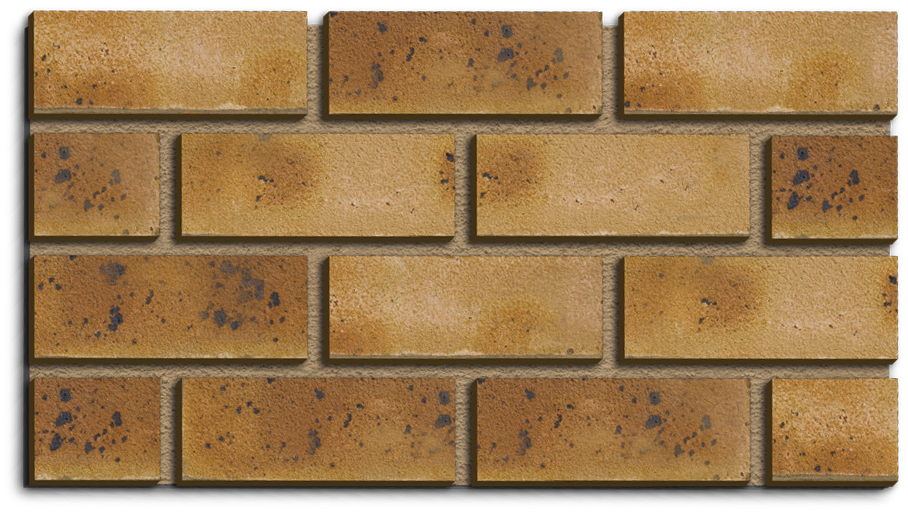
Yellow brick with grey mortar
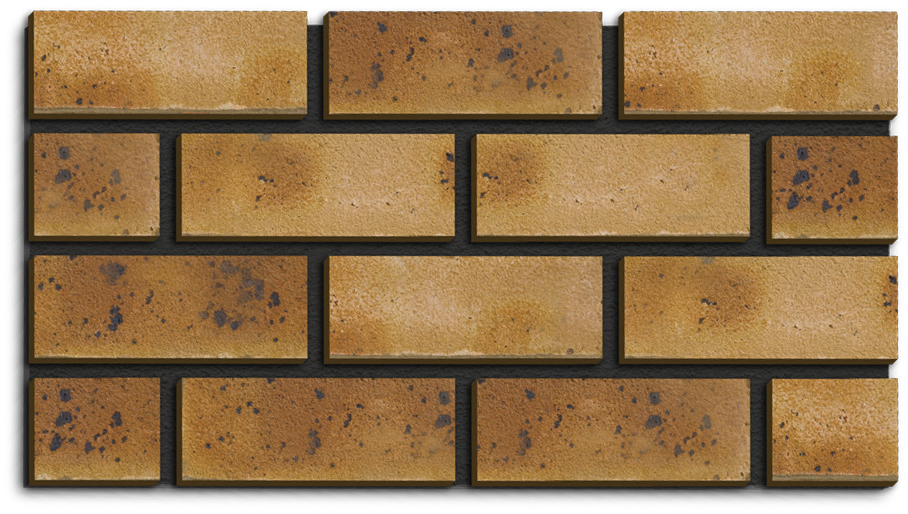
Yellow brick with black mortar
Mortar joint profiles
Important for improving rain resistance, the shape and finish of mortar joints also play a visual role and can have as big an impact on the appearance of brickwork as mortar colour.
Mortar joints are created by compacting and pressing the surface of the mortar to improve contact with the bricks, but the style of joint you choose will influence the overall appearance of your brickwork. Five of the most commonly used joint profiles are shown below.
Flush mortar joint
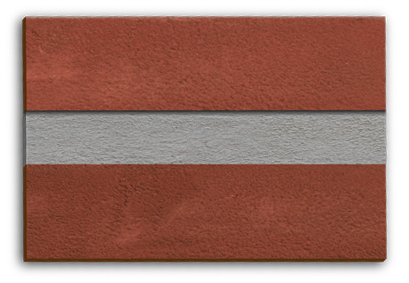
These joints leave the mortar flush with surface of the brickwork.
Bucket handle mortar joint
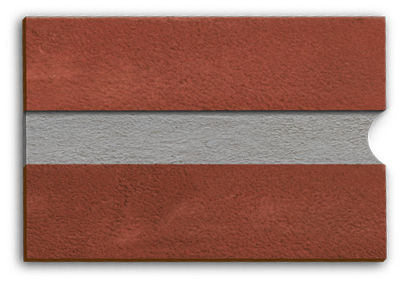
These joints are tooled to leave a concave, rounded joint.
Recessed mortar joint
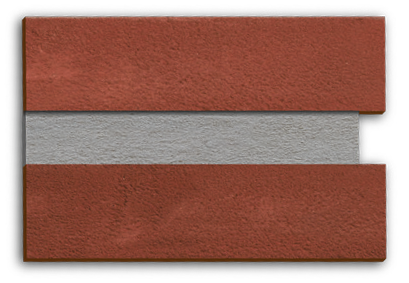
This joint type is raked out to leave the edge of the brickwork exposed, picking out individual bricks and creating a shadow effect. This joint is not generally recommended by brick manufacturers due to the increased exposure on the brick it creates.
Weathered struck mortar joint
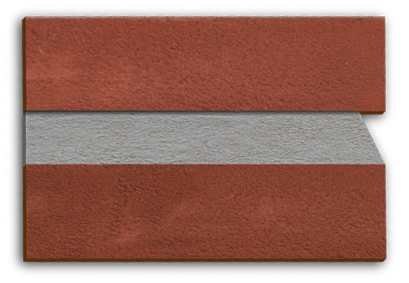
These are created by pressing the mortar back into the brickwork to seal the joint. It gives a neat, well-ordered appearance and looks best with well-formed regular bricks.
Weathered struck and cut mortar joint
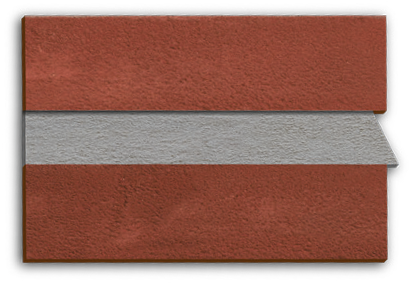
These joints are formed as pointing. The inset edge is produced as it is with weathered struck joints, but the forward edge is projected about 2mm beyond the brick surface.
